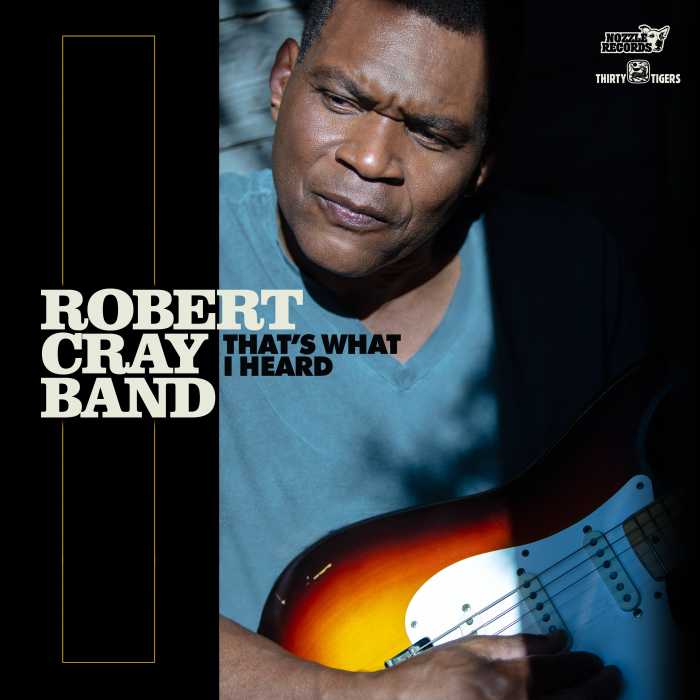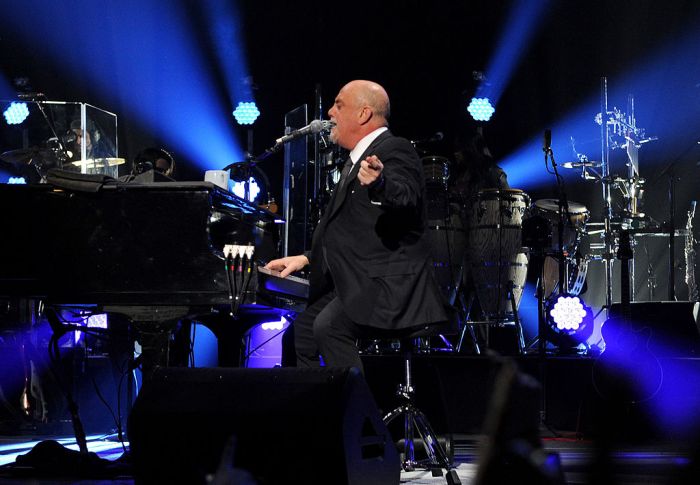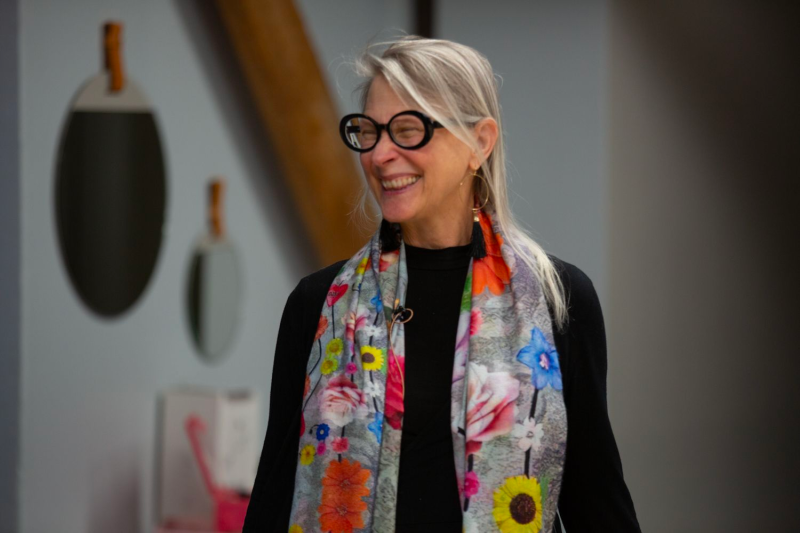Within section L of Pinelawn National Cemetery, four graves stand out among the hundreds of stones that list soldiers’ names, ranks, years of birth, and deaths. Unlike the others, these four headstones read, “Unknown Sailor, US Navy, January 3, 1944,” marking an 80-year-old mystery wrapped in tragedy and heroism.
World War II was in full swing, and industrial mobilization was at its highest. Brooklyn Navy Yard and Kearny New Jersey Yards were cranking out battleships at a record rate. One such battleship was the “U.S.S. Turner,” on April 15, 1943.
Assigned Navy Lieutenant Commander Henry Wygant oversaw the Turner’s operations as an escort convoy ship in the Caribbean and later part of a 65-ship convoy to Moroccan and Mediterranean ports.
On January 3, 1944, the Turner was anchored off the coast of New York Harbor. Her 292-man crew was lining up for breakfast, sharing stories about their Christmas and New Year’s leave. The lower deck was stocked with anti-submarine depth chargers, 40-mm/ 20-mm torpedo impulse chargers, and Mark 22 Projector chargers. Multiple crew members, not experienced in defusing armament, were assigned to defuse 49 of the Mark 22 rockets. Shortly after 6 a.m., the sharing of pictures laughs, and breakfast was abruptly shattered.
At 6:08 a.m., crew member and survivor John MacDonald recalled the events that followed:
“The crew were eating breakfast, and I was just coming up the ladder from the mess decks. Then, a major explosion threw me up against the bulkhead. I couldn’t hear for a good time after that and couldn’t see anything. All my clothes and hair had been burnt off, and now I had to try to get out onto the main deck. I was badly burnt but still tried to find my way out. The steel inside the ship was red hot, and the hatch I tried to get out of was buckled by the explosion. I kept feeling around for ways to get out and finally felt cold air from the snow outside. Unable to see, I headed towards the cold feeling and passed out outside a hatch”.
The initial explosion occurred in the Mark 22 rocket storeroom, blowing a hole four to six feet deep near the waterline in the port side of the hull. Gun turret two on the main deck was completely gone.
A fellow crew member would put the injured MacDonald in a life jacket and throw him overboard, saving him from rapidly expanding fire. As the crew frantically tried to call for help and abandon the ship, the second of the series of explosions occurred, igniting the ship’s oil and fuel in the water among the escaping sailors in the water.
While on patrol around Sandy Hook Coast Guard base, Guardsman William Arthur Huus of Sayville, Long Island, led the first rescue of the Turner. Huus rapidly mobilized his crew of the CG-1904 vessel into the Turner’s flames and continuous explosions.
Due to the increasingly dangerous conditions, Huus and his crew worked as quickly as possible to save 60 of the 153 survivors before additional help arrived. Later, the Secretary of the Navy will commend Huus for his heroic conduct as the officer in charge of the first wave of rescue operations.

However, the story does not end with the heroism of Huus and his crew.
In total, 136 sailors from the 292-man crew were declared “missing in action.”
Due to wartime censorship, the sinking of the “U.S.S. Turner” received limited media coverage. In publicly released reports and inquiries, the names of the 136 men were redacted. The only remaining closure of recovered bodies from the wreck is the graves of the four unknown sailors in Long Island National Cemetery, with the dates of death aligned to the sinking of the Turner.
“I went to the Navy to inquire about the four graves and was told we don’t know how many are in each grave,” said Military historian Ted Darcy. “Commingling of unidentified remains was a fairly common practice, particularly when the Navy was overburdened at the height of World War II.”
The unidentified sailors of the Turner make up a small percentage of the 72,000 unaccounted American World War II soldiers. But these are more than numbers. The 72,000 represent families who lived 80 years without closure or the ability to mourn, but most of all, these unaccounted reflect how we commemorate the fallen.
In his poem about soldiers killed in World War I, Archibald MacLeish wrote:
“They say, Our deaths are not ours: they are yours: they will mean what you make them. They say, Whether our lives and our deaths were for peace and a new hope or for nothing we cannot say: it is you who must say this.”
What meaning are we giving to the deaths of the unknown sailors in Long Island National Cemetery?



























